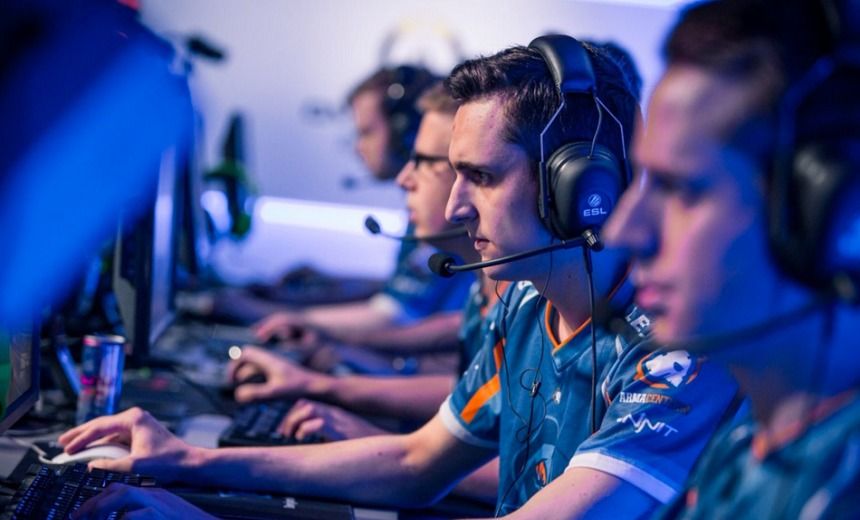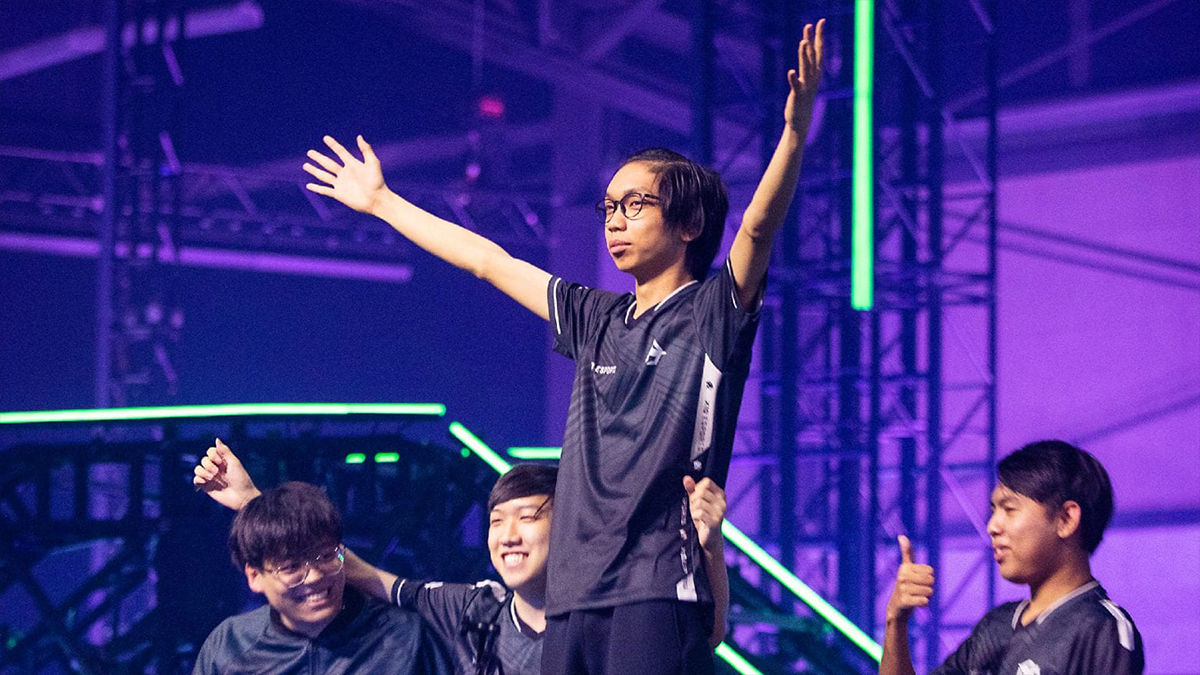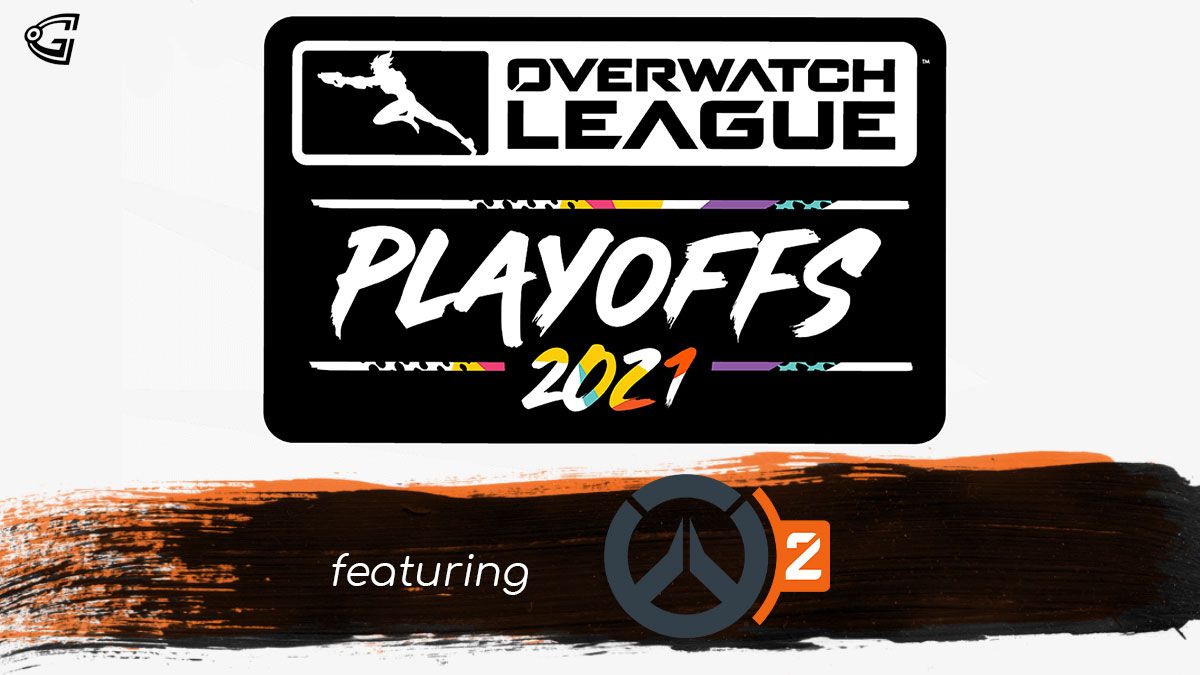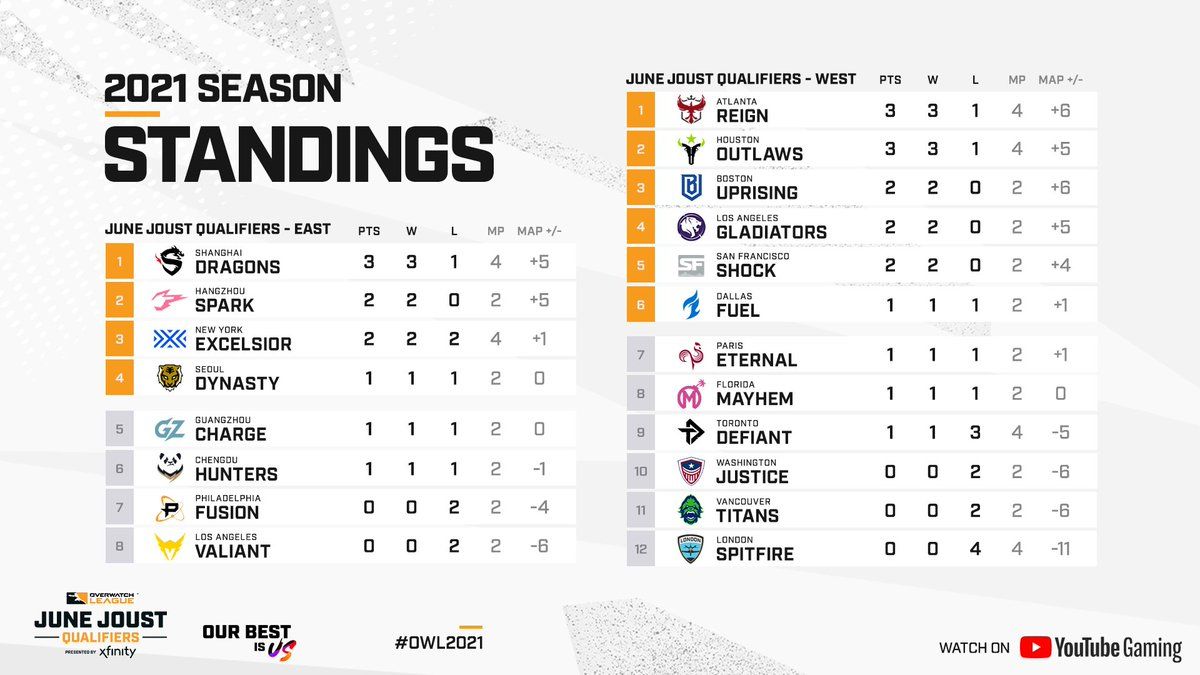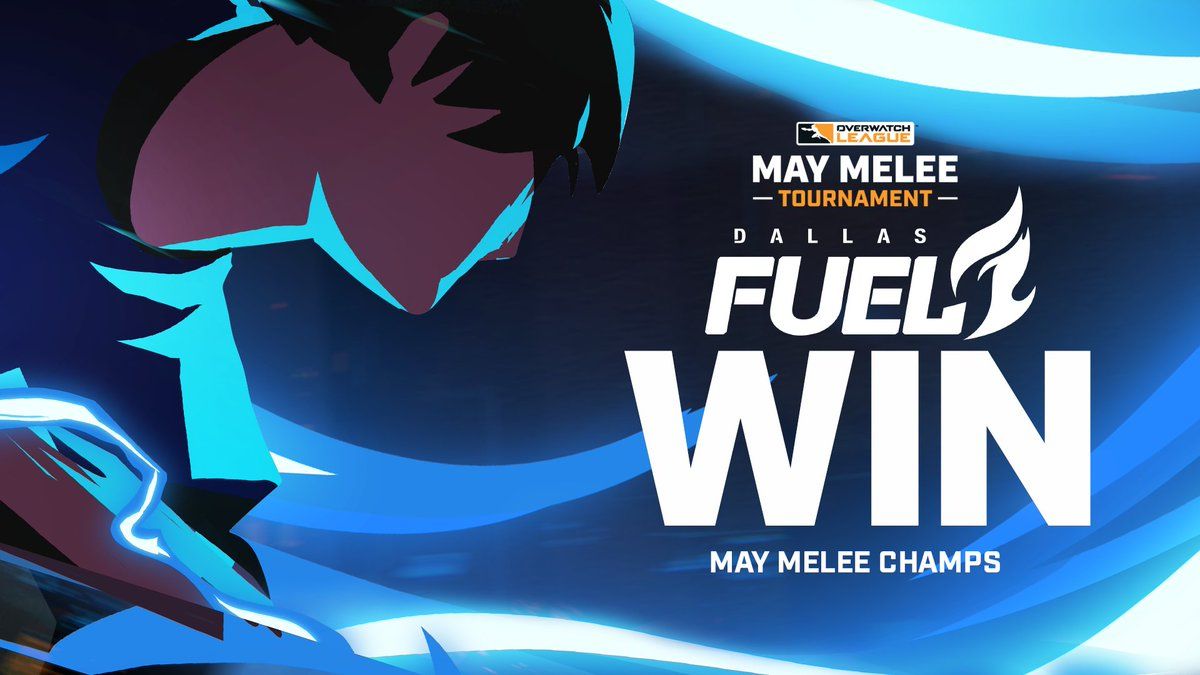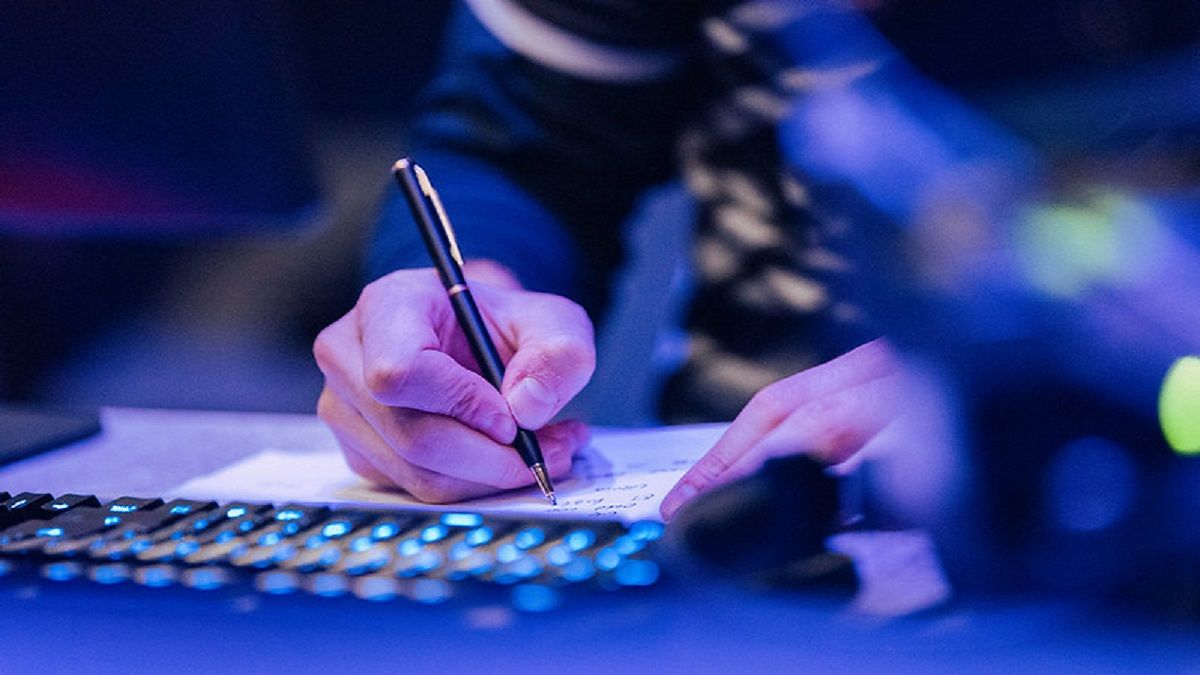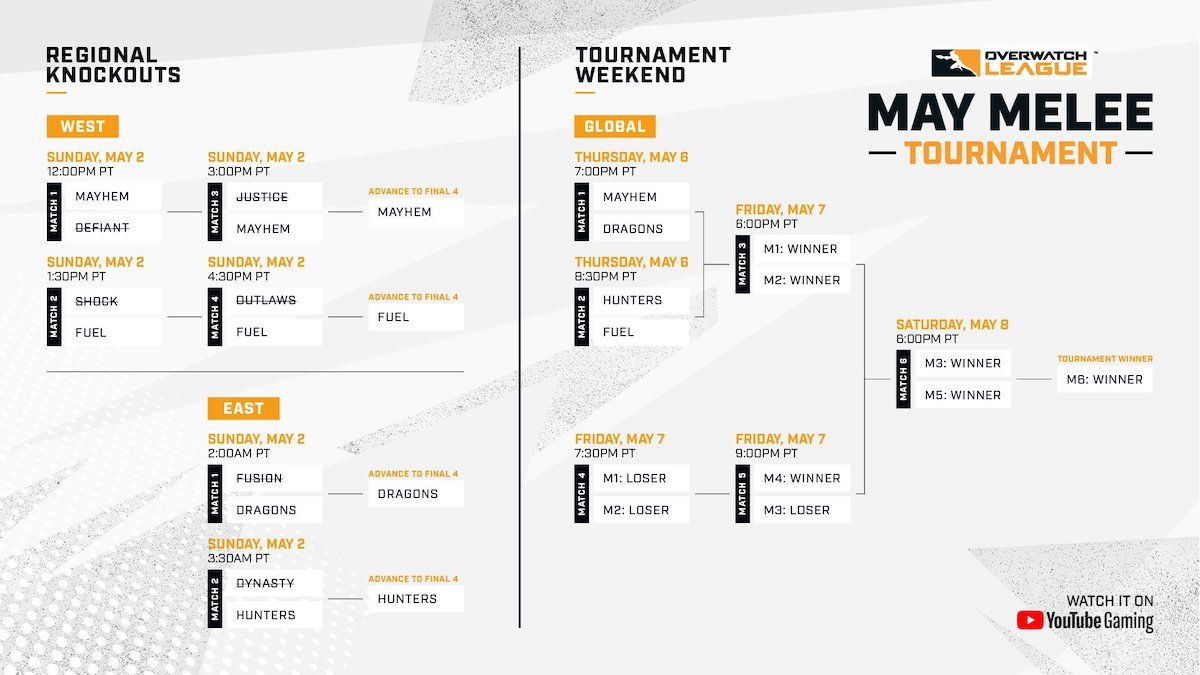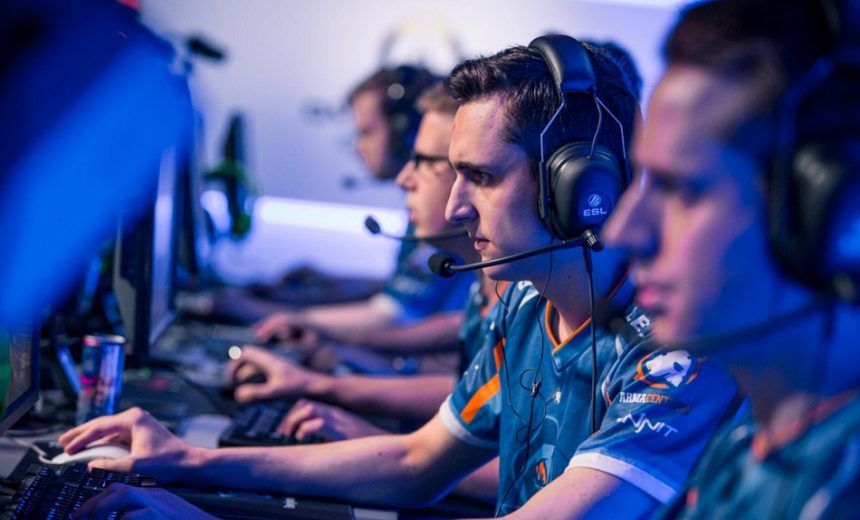
In early December 2016, the largest player trade in Overwatch occurred. A three way engagement between two major winners and a promising Luminosity squad saw Rogue send the strongest DPS player in the West to their closest competitor in Europe, Misfits. The trade seemingly left Rogue lost without their vocal centerpiece, TviQ. Their weak performance at IEM Gyeonggi did little to dispel the notion, and the role swap following Skipjack’s move to the bench left many pundits wary of Rogue’s future success. But all redemption stories need to start somewhere.
Conquest
Rogue’s temporary disappearance from the scene emphasized development versus immediate results. Instead of picking up an arbitrary, high profile name to fill an empty tank slot, Rogue maintained their stance on building an entirely French roster and optimizing their already talented resources. KnoxXx’s transition from Lucio to tank broadened the search criteria, allowing Rogue to tap into an incredibly talented French scene.
When I first asked about Rogue’s mysterious sixth member, their owner, Frank, described him as a mini-TviQ (high praise from an owner who selected the actual TviQ as a cornerstone for the first iteration of Rogue). Nicolas ‘Nico’ Moret found his start on one of the most dominant teams in Overwatch’s Beta, Melty esports club. While teams like IDDQD and googleme were able to transition their success into the Open Release, Melty failed to hit the high points they showcased earlier on, fading into the background of a vibrant European scene.
An unfortunate byproduct was the relegation of promising players out of the spotlight, but talent always finds a way to float to the top.
Nico’s formal arrival on February 24, 2017 was the catalyst for the first of many challenges for the new Rogue organization. While the top teams in North America and Europe were battling and honing their craft in Korea for APEX Season 2, Rogue started their quiet win streak in North America. The first contest at the Alienware Monthly Melee February revealed very little, as the entire team, with the exception of aKm, seemed to have unbinded their Hero Switch key.
Rogue’s ‘stubbornness’ created an environment of improving through refining
The Rogue triple-DPS dive composition came on the heels of a meta focusing on tank play and cycling through ultimates to stall for win conditions. Sacrificing larger health pools and strong control ultimates, Rogue abused the mobility and high skill-caps of flankers to disrupt the enemy’s backline through cohesive engagements. It also didn’t hurt that they could rely on the prowess of SoOn’s Tracer and aKm’s versatility as a flex player to win them the key battles when fighting for positioning and numbers advantages.
An unexpected side effect of this confidence in execution was the development of Rogue’s internal matchup knowledge against enemy adaptations. Overwatch’s greatest tool is the ability for teams to adjust to the tempo and composition of the enemy team by changing parts of their core hero base, but it also pushes teams to crutch on mechanical ability as opposed to improving their overall gameplay. Rogue’s ‘stubbornness’ created an environment of improving through refining positioning and optimizing ability cycling instead of covering up weaknesses with larger hero pools. The end result was a team which never needed to rotate off of their bread and butter, hiding their pocket strategies and improving fundamentals which would give them an edge regardless of meta.
Their dominance continued, racking up wins despite the emergence of Selfless and their aggressive style of play. As teams started to catch on to some of the limitations of the dive composition, Rogue revealed it was far from one-dimensional, showcasing a strong triple-tank capacity previously unseen. It became obvious Rogue was a top team in North America, but no one knew exactly how good they could become.
The Overwatch Rumble would be the last litmus test for Rogue as it included both Team EnVyUs and Cloud9 back from their stints in Korea. The group stage proceeded without a hitch, setting up a semifinal clash between C9 and Rogue and a marquee matchup in Winner’s finals against NV. The results were decisive: Rogue stormed through their rivals, failing to drop even a single map against the two. While the Grand Finals rematch against NV would be much closer, Rogue never seemed truly in trouble of dropping the set. In their win, Rogue dispelled the last of their demons, grasping sole possession of the NA crown.
Context
So how good is Rogue exactly? The topic of measuring rating is a touchy subject due to the lack of international competition. However, we are able to compare Rogue’s success to those of teams past. An underlying characteristic of all top teams is consistency over a long stretch of time. Looking back at the eras of EnVyUs and IDDQD, their dominance was marked by extremely long win streaks, punctuated by premiere tournament wins over high level opponents. However, Rogue’s win streak, starting in late February and continuing through mid-April, came under scrutiny for the same reason many other NA win streaks have been dismissed: the level of competition.
It should come as no surprise to anyone that North America is seen as an inconsistent scene, characterized by teams temporarily abusing strengths in the meta. Despite signs of development across the region, the lack of a true barometer team makes performances over a long period of time hard to quantify. Rogue’s early victories were attributed to the region’s inability to produce regular performers, but after looking deeper into the win streaks of NV, I believe Rogue may have a case for the strongest win streak in NA Overwatch.
Rogue has little reason to be disappointed
One of the odd facts about NV’s 57 game win streak is the extreme disparity in the level of their opponents. While winning 57 straight games is impressive regardless of any external factors, the streak includes quite a bit of padding due to the nature of the open qualifiers and weekly tournaments at the time. Scrolling through NV’s tournament history in their period of dominance in the Open Release reveals the win streak was less about NV’s ability to top the best teams in the world and more about being Cloud9’s Kryptonite. During NV’s streak they only played four sets against EU opponents with the only meaningful set being against REUNITED in the ONOG Operation Breakout tournament. Many tournaments featured C9 and Luminosity Gaming clearing the way for NV by knocking out Rogue, the only real EU competitor at the time in NA tournaments, only to fall to the Boys in Blue in the finals. Furthermore, the strength of North American Overwatch during this streak was much weaker, especially given the lack of development in the competitive scene overall and the concurrent dip in performance from some of the more established threats.
With this context, Rogue’s current streak actually gains credibility. All five tournaments were invitational or had participants selected through competitive qualifiers resulting in less padding. Rogue’s outstanding performance in the Overwatch Monthly Melees coincides with the rise of Selfless through the tiers of North American Overwatch, adding a valuable barometer team to the equation. Even accounting for variation and flux in team performances, Rogue played the arguable second best team in every tournament and has more than adequate results against every single top North American team in a Best-of set during their run.

Of course, Rogue is not without their own conditionals. Their streak only contains three sets against APEX invitees, with all three of them featuring a team during a roster change. Even then, we cannot discredit the value of taking two sets over NV and sweeping C9 in playoffs. The only other stain lies in the absence of European Competition, which will soon be rectified at TakeOver 2.
Against all factors, Rogue’s five tournament streak and 34-0 match record measures better than all previous examples and serves only to add to the legacy of dominance since the trade.
Capstone
When I first talked to Frank Villarreal, Rogue's Owner, at Blizzcon last year, he shared with me an optimistic vision for Overwatch and the future of esports. He told me he was preparing for the long haul with Rogue, with the end goal set on the Overwatch League. Throughout the following year, I kept brief correspondence with him, pinging him through Twitter or text to keep tabs on the organization. Despite the roster changes and uncertainty in their early results, Frank was always positive and zoned in on tapping the true potential of his team. His faith has been rewarded.
Rogue now has the opportunity to cement themselves as best team in the world. Seeded into arguably one of the hardest groups in APEX history, the Frenchmen will be pushed to their limit with their tournament streak on the line, but the reward will not only be redemption for their hubris in Season 1, but also justification that all the work and pain was worth it.
Regardless of result, Rogue has little reason to be disappointed. In the short year this organization has existed, they have twice overcome their adversaries to become the best team in the West. They pursued the long and narrow path, perfecting their teamplay instead of turning to gimmicks or relying on the talent of a single player. With the old guard of the West still recovering from their own strife, Rogue has become - for better or for worse - the new hope for North American Overwatch. May the Force be with them.
For more competitive Overwatch news, follows us @GosuOverwatch.

